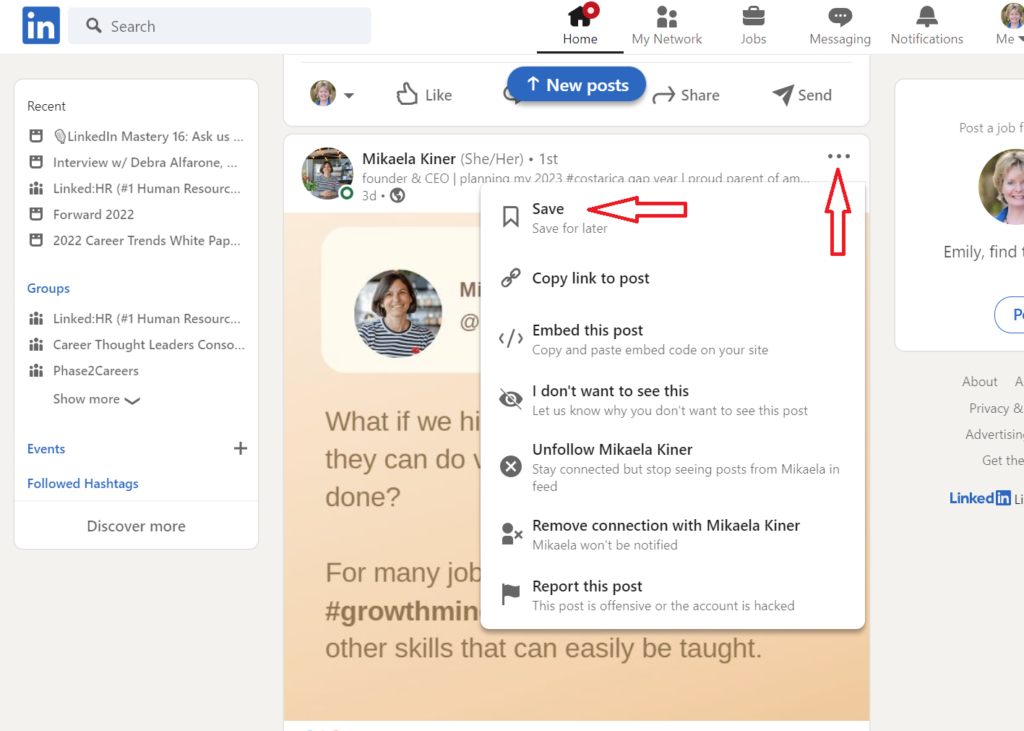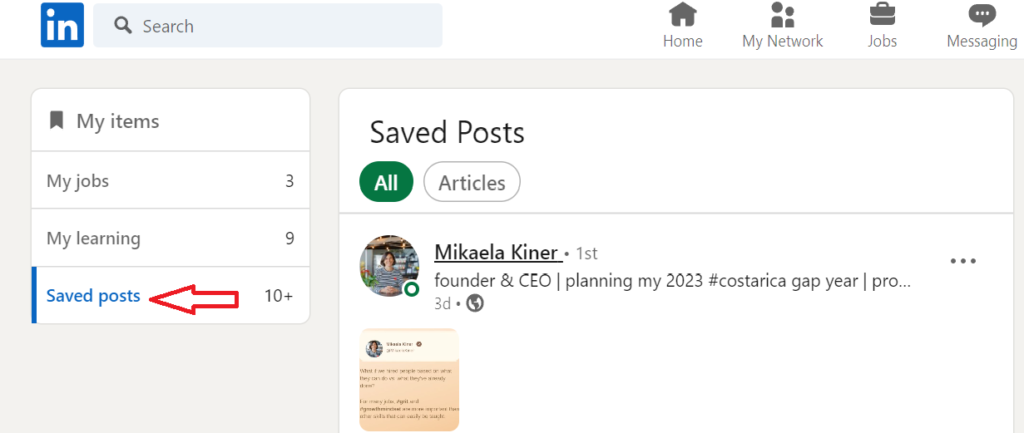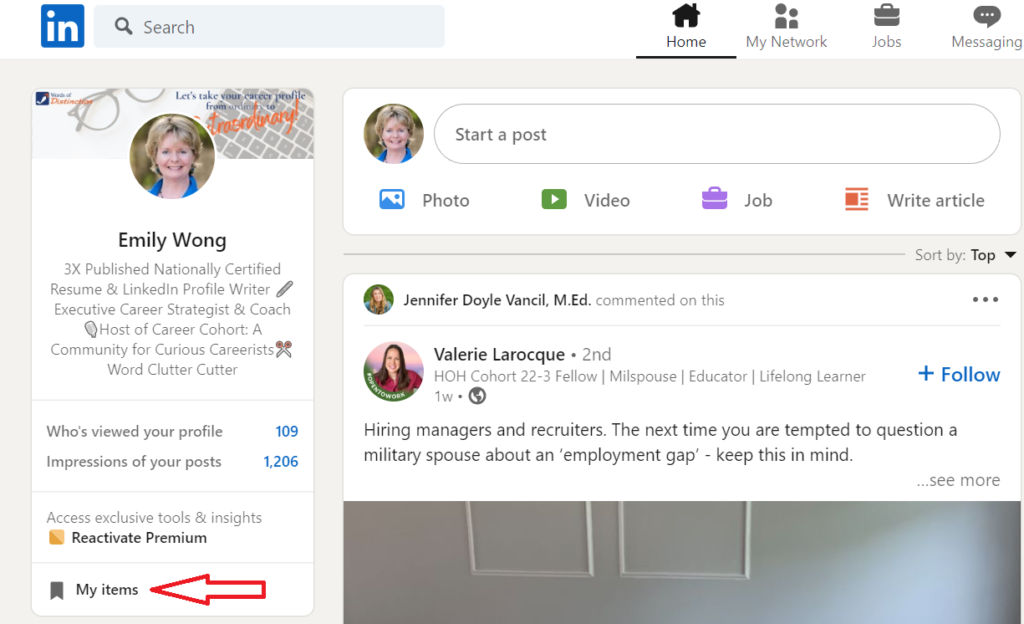Think Like an Employer: Using Job Postings to Focus Your Resume

I just got great feedback from a client regarding my process; she thought a tactic we used was helpful to landing her new job. 🎉
To be honest, the tactic is so simple that I’d taken it for granted.
I’m referring to the practice of using 1-3 job postings to help you focus and tailor your resume to your target role.
The key to writing a compelling resume is to begin with the end in mind: In what role do you see yourself in 6 months? How can you help the employer envision YOU in that role?
Job descriptions help you future-proof your resume—and learn to think like an employer.
So, how can you use and analyze job descriptions?
🕵️♀️ Dig for themes
The first thing you’ll want to do is scan for themes.
Does the job description repeat the need for certain skills? If so, those qualifications are likely prioritized by the hiring manager.
What else is the company looking for in an ideal candidate? What problems are they hoping you’ll solve? What are some specific skills they list? What are the top 3–5 qualifications they’re looking for?
🏆 Gather your own examples of success
Once you understand what the company needs, gather examples of when you’ve demonstrated the required skills.
Don’t worry about grammar or crafting the bullets perfectly at this point.
Just get it down on your laptop, your journal…whatever works.
🎯 Align and get specific
Once you’ve had a chance to brain dump, THEN start polishing…
Craft your specific mini stories and achievements that align with the company’s language. What adjectives or descriptors stand out?
Be careful with adjectives: It’s not just a matter of word-packing your resume.
For example, if the company is looking for someone with great communication skills, don’t just say you have great communication skills.
Include specific examples of how you used your communication skills under the job titles to which they apply, and if communication is a top skill they’re looking for in a candidate, include how you’re a great communicator in your branding statement at the top.
For example, are you really good at distilling complex technology to non-technical audiences in meetings and at trade shows?
🌟 Differentiate yourself
Think about how you can tell these stories in a way that differentiates you.
Instead of simply calling out your strategic leadership…are you the kind of person who isn’t afraid of risk? Do you think it’s important to tell the CEO the truth, even if it might sting a little—as long as it’s in the spirit of advancing the company toward its goals?
If you have experience with cloud architecture, talk about how you led a large team in migrating a legacy system to the cloud in record time.
How about leveraging your existing network to expand the market and drive revenue growth? The possibility that you’ll bring existing partners to your new employer can be a huge asset.
One more thing…
If you had to achieve something in a less-than-ideal economic or competitive landscape, such as driving revenue growth or gaining new customers in a down market; converting what was supposed to be a live conference to a virtual one in record time (remember 2020?); or changing the strategic direction after overcoming resistance, all the better.
🎁 Job description bonus
When you’re forced to sit down and think about your achievements, they start to bubble up to the surface, and you’re reminded of all the great things you’ve accomplished. Way to go!! Celebrate!! 🎉
Copyright © 2024 Words of Distinction, All rights reserved.











